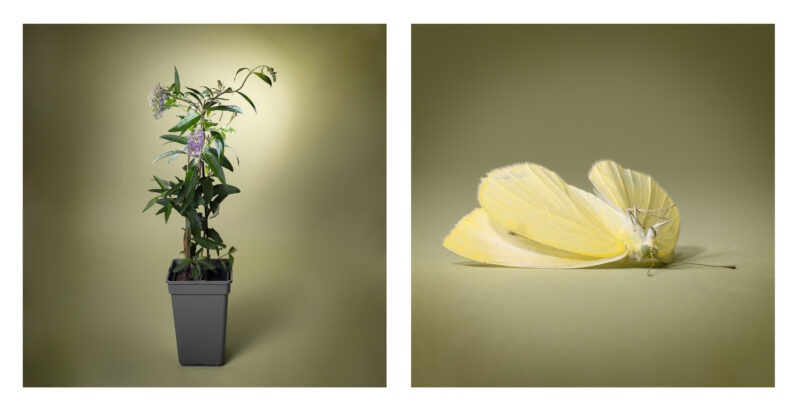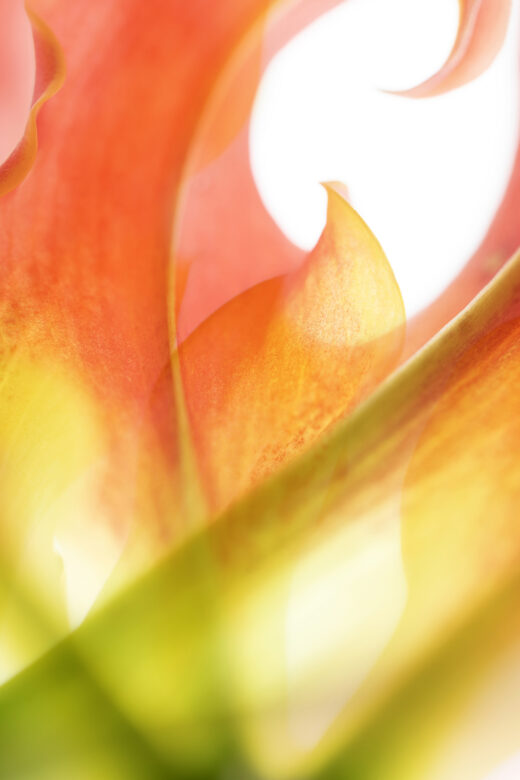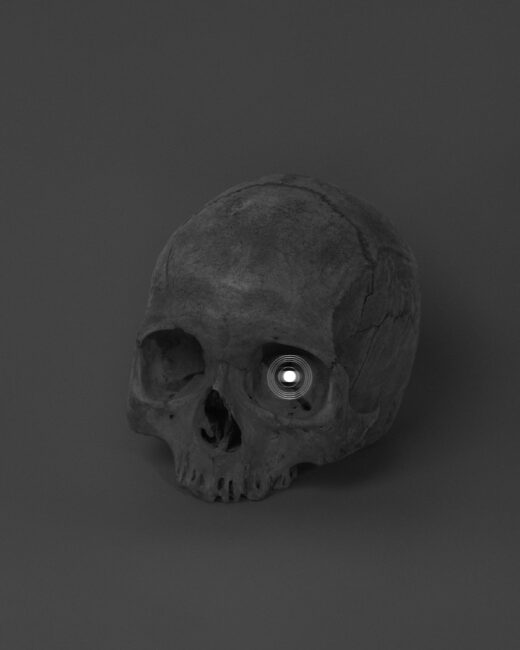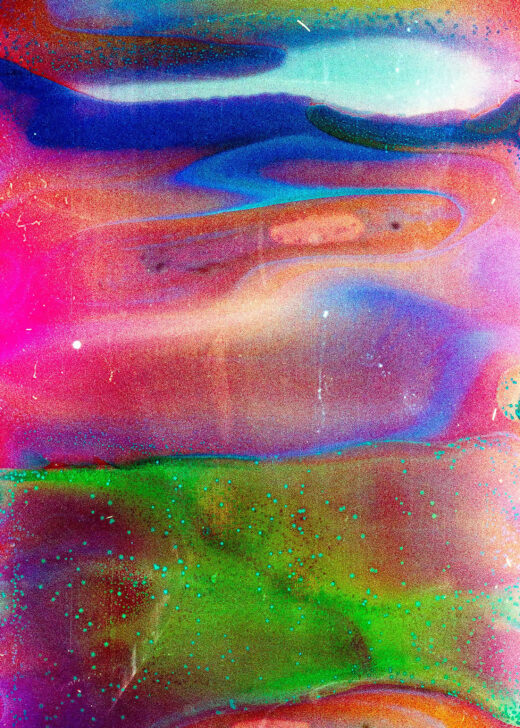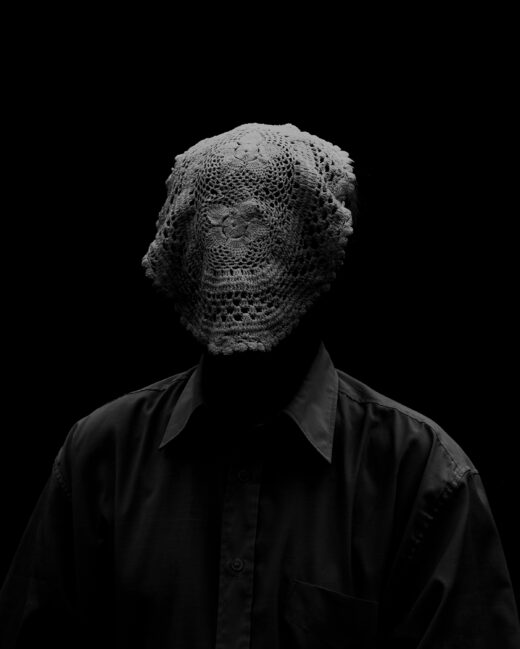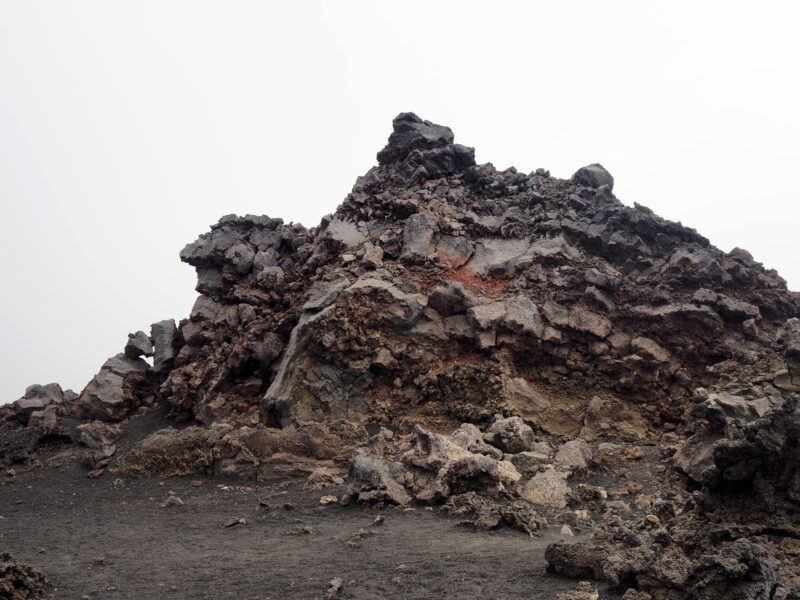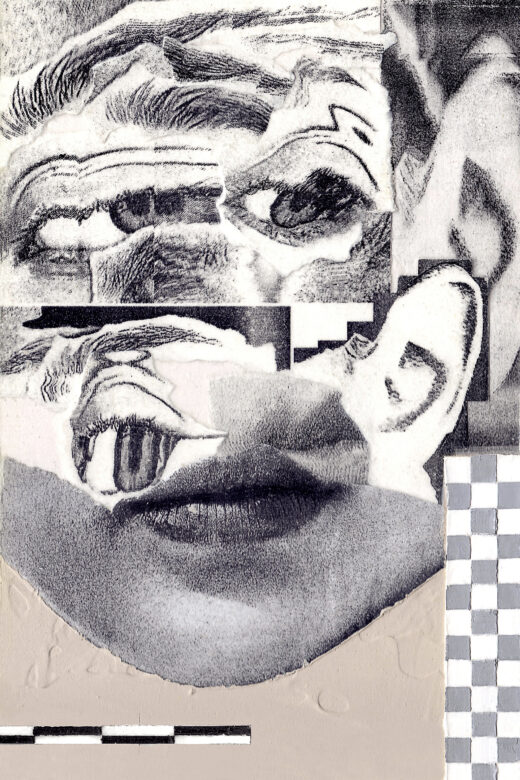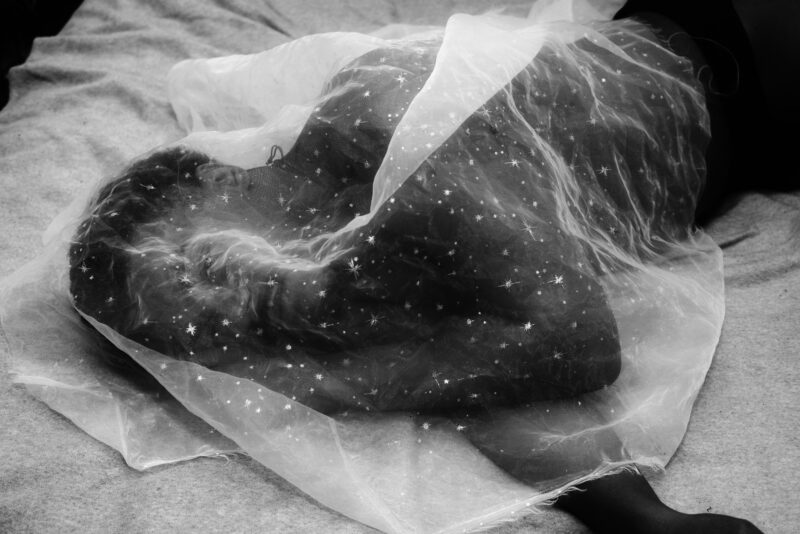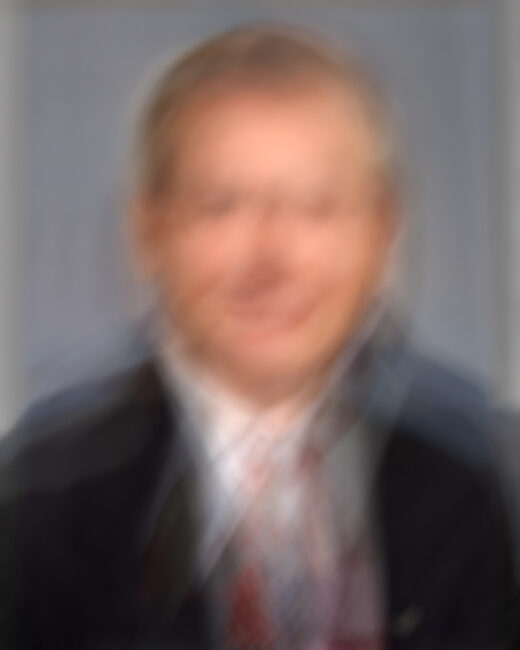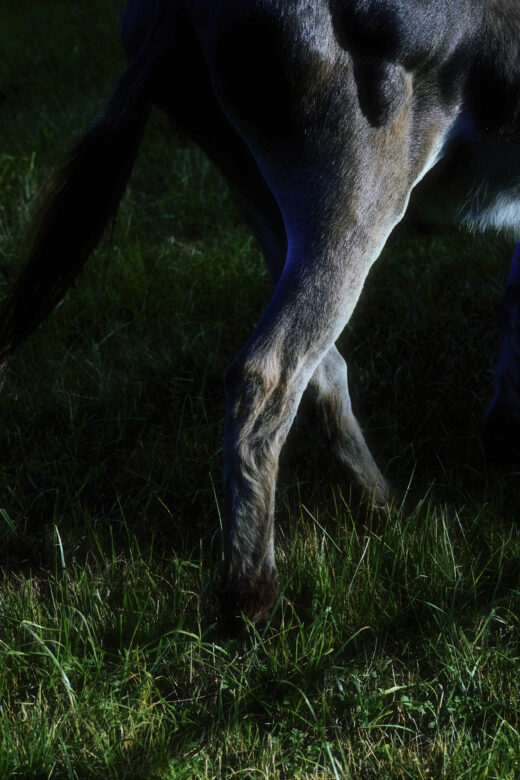Invisible Threat
The project ’Invisible Threat’ by Dutch photographer Marlonneke Willemsen shows the harmful effects new garden plants can have on insects and other little creatures that live in our garden and therefore on biodiversity.
Different studies in the Netherlands, but also other countries have shown that over 70-90% of new garden plants contain a cocktail of different pesticides, including insecticides designed to kill insects as effectively as possible. But how harmful are they in real life? And can these beautiful plants really lead to such a devastating result? To investigate this, Marlonneke bought 10 new garden plants and fed them to different insects, slugs and snails. She also set up a control group with safe food to eliminate other possible causes.
The results are shocking; in 9 out of 10 cases, where the animals were fed with a new garden plant, all the animals died, while no animals died in the control groups. This led to a series of distressing images showing the suffering that is taking place in our gardens. By substances that are invisible to us and that have consequences that we usually do not see. For most of us, this will be beyond imagination.
Find out more:
Website: marlonnekewillemsen.com
Instagram: @marlonnekewillemsen
